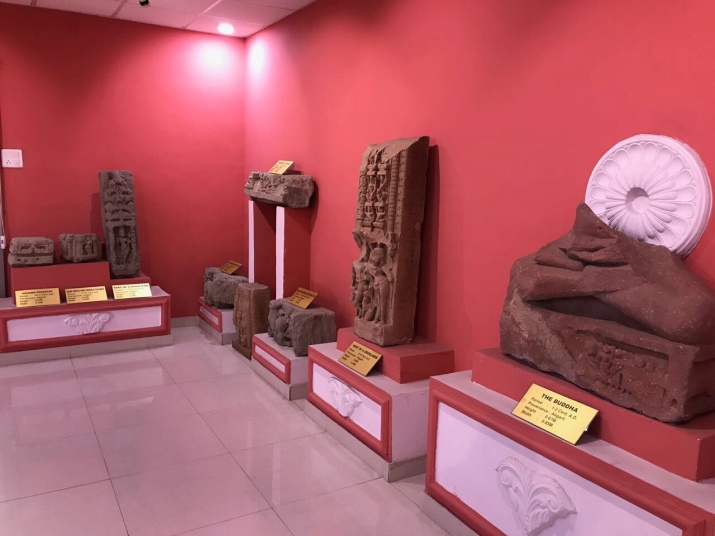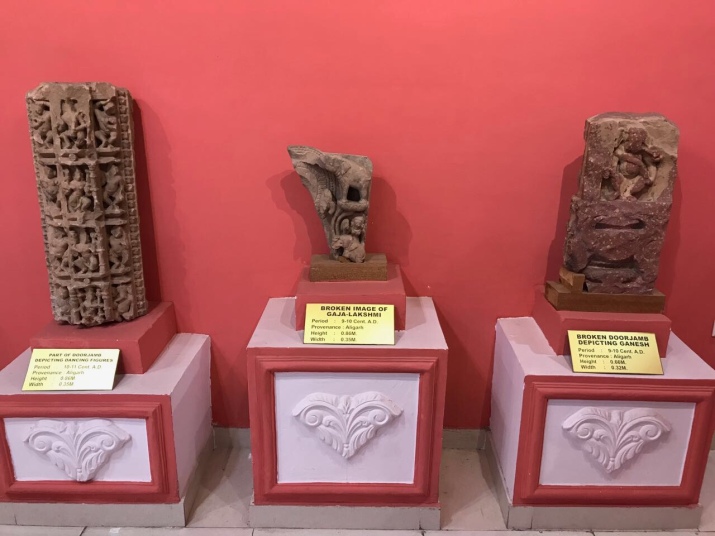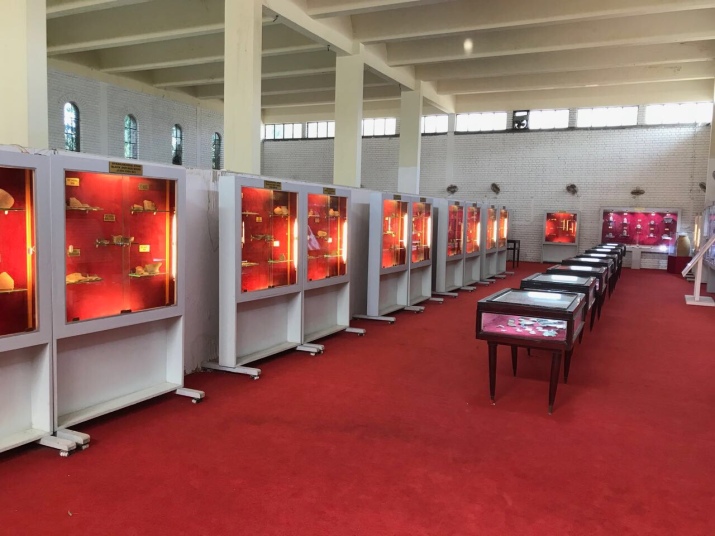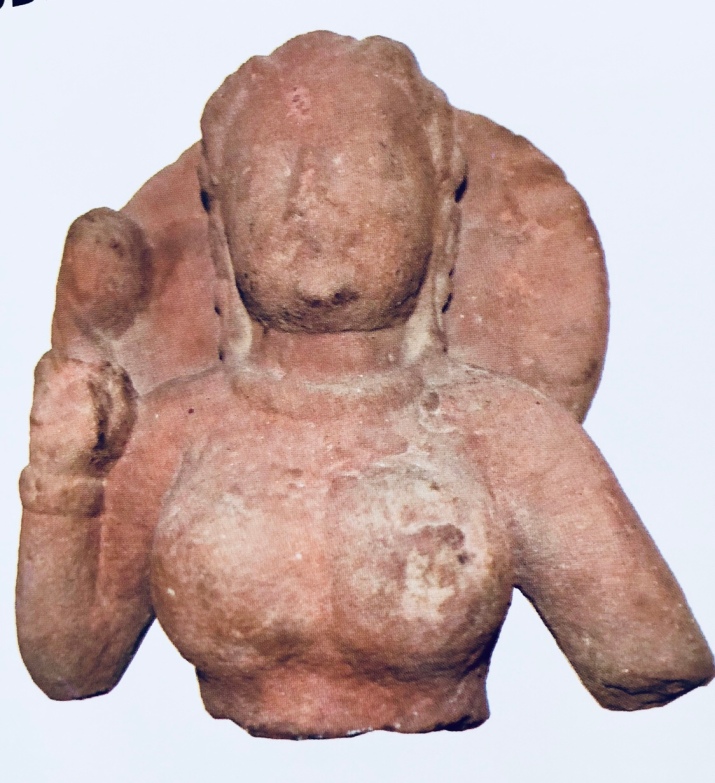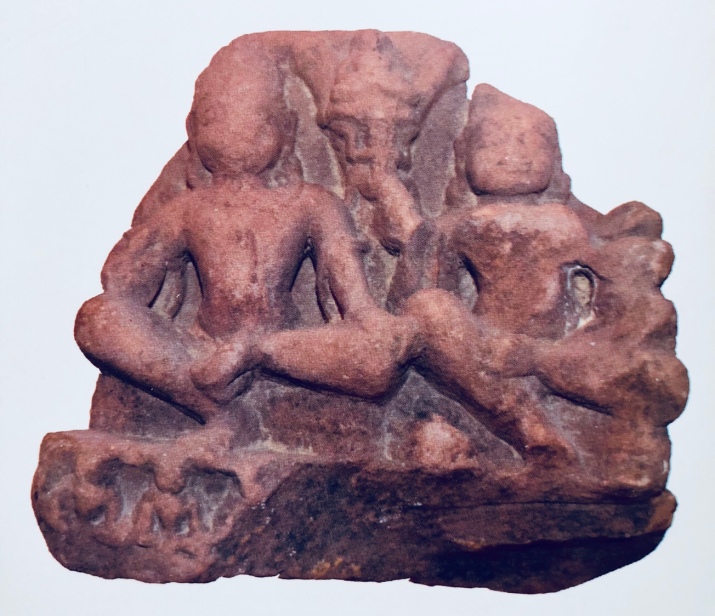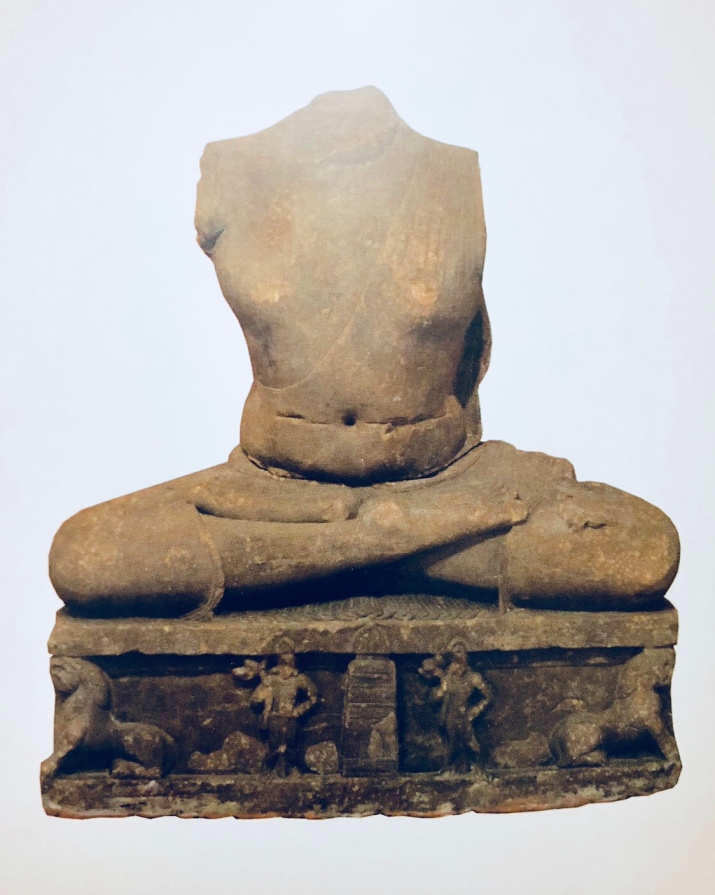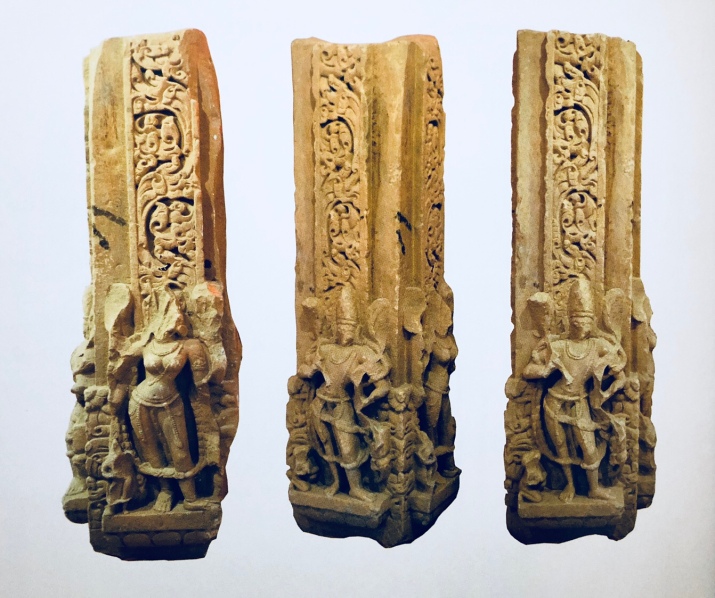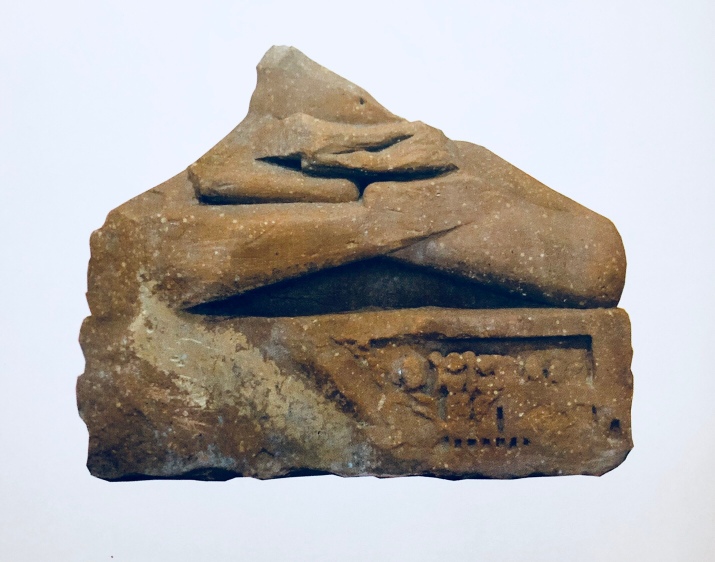
May 18th is celebrated as the International Museum Day. The objective of this day is to raise awareness of the fact that, “Museums are an important means of cultural exchange, enrichment of cultures and development of mutual understanding, cooperation and peace among peoples.”
The International Council of Museums (ICOM) established International Museum Day in 1977 to increase public awareness of the role of museums in the development of society, and it has been steadily gaining momentum ever since.
In 2017, International Museum Day garnered record-breaking participation with more than 36,000 museums hosting events in some 156 countries. The event highlights a specific theme that changes every year and that is at the heart of the international museum community’s preoccupations. The theme chosen for 2018 is “Hyperconnected museums: New approaches, new publics”
In 2009, International Museum Day attracted the participation of 20,000 museums hosting events in more than 90 countries. In 2010, 98 countries participated in the celebration, with 100 in 2011, and 30,000 museums in 129 countries in 2012. In 2011, the official IMD poster was translated into 37 languages. Since 2012, this number jumped by one to 38.
There is no better way to celebrate Museum Day than to take a trip down to a nearby museum, either alone, with friends, or even your children if you feel they are old enough to appreciate the place. In fact, I personally think that young children should necessarily be exposed to our museums and past heritage.
Aligarh Muslim University since its inception as a college boasts of a museum. Along with the Strachey Hall, it’s adjoining buildings and the Jami’ Masjid, Sir Syed Ahmad Khan conceived of a museum, the Nizam Museum.

The Nizam Museum
The building of the Nizam Museum is now just a heritage structure with its original contents long shifted from there. The only thing of the original Museum there remains a stone slab inscription of Sultan Balban which once adorned a mīnār of the Sultan which was taken down by the British in 1858. It once stood in front of the Jami Masjid of Muhammad Shah in the Upperkot area. Sir Syed brought this inscribed stone and fixed it on one of the walls of the Nizam Museum.

Inscription of Balban


The founder of the M.A.O. College which later was to be upgraded to a University in 1920, was a great Connoisseur of art and a person who had deep interest in the past of our country.
Even before the establishment of the Archaeological Survey of India under General Cunningham, he was actively involved in exploring the Archaeological remains of Delhi. In 1847 the Delhi Archaeological Society had been formed, and Sir Syed was an active member. It was in the journal of this Society that he wrote a path breaking article on bricks of different ages found at the important site of Hastinapur.
Subsequently, the only other paper devoted to this topic was by Sir John Marshall who wrote and recorded the sizes of the bricks at Saheth Maheth. As a true archaeologist of the Historical period, Sir Syed paid great attention to the recording of epigraphic evidence. He records all inscriptions which he found. Even those which were in Prakrit, whose language and script he did not know. He copied them as it is!
During his stay at Aligarh he carried out explorations and surveys in the neighbouring areas and collected stone sculptures, door jambs and other antiquities which were then kept in the Department of History. They are now on display at the Central University Museum in this very complex.
Subsequently during the tenure of Professor S. Nurul Hasan, when an Archaeology Section in the Department of History was conceived, Professor RC Gaur was assigned the task to gather all the scattered archaeological artefacts collected by Sir Syed. And now as a result of the painstaking endeavours of Professor Gaur a Museum along with the Archaeology Section came to be established. It was known as the Sir Syed Archaeology Museum.

Professor RC Gaur has published a catalogue of this Sir Syed Collection.
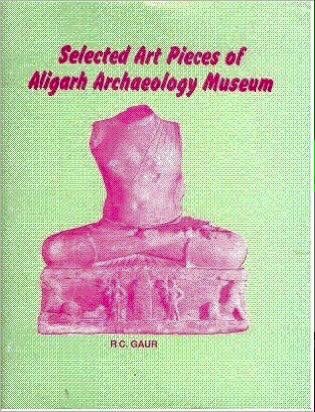
In 2014, during the Vice Chancellorship of Lt. General (Rtd.) Zameeruddin Shah, the Sir Syed Collection was shifted to the Kennedy Hall Complex. Here since long a small museum managed by the Department of Museology existed. In July 2014 a US-based well-wisher of the university, Mr Musa Dakri, donated a sum of $50,000. With this seed money the then Vice Chancellor decided to merge the small pre-existing museums which basically displayed models and some trivia with the Sir Syed Archaeology Museum of Department of History. Thus was created the University Musa Dakri Museum.

The University Musa Dakri Museum
To this University Museum the Department of History not only extended on loan the Sir Syed Collection, but also other important archaeological artefacts and finds. Material from excavations such as Atranjikhera (excavated by RC Gaur), Jhakhera (excavated by MDN Sahi) and Fathpur Sikri (ASI & RC Gaur) apart from certain other sites is on loan from the Department of History. Other Departments like Geology and Zoology have also extended some of their resources. Copies of some of the documents related with the history of our institution is also on display as also is some miscellaneous material.
The first Coordinator of this Museum was Professor Ali Athar. Almost a month back, I have now been assigned the task of maintaining as a Coordinator. Professor Abdur Raheem K, the Chairman of Department of Museology has been nominated as the Deputy Coordinator.
As of now the Museum is divided into three broad sections:
a) Most of the Ground floor galleries are taken over by replicas and models. The copies of documents and miscellaneous items are also there.
b) A room displaying the Sir Syed Collection
c) On the First Floor are the archaeological artefacts and relics.
The holding can be enumerated as under:
1. Sir Syed Collection comprising of the antiquities and other archaeological objects like sculptures, carved stone pieces, doorjambs and concrete panels. The sculptures preserved in the collection date from 1st century A.D. to 11th century A.D.
2. Explored Collections: This section is divided into (i) Acheulian tools and (ii) Stone Sculptures and TerracottaFigurines.
a. Acheulian tools: The Palaeolithic (Acheulian) tools collection consist of Handaxes, Picks, Cleavers, Scrapers, Flakes, Choppers, Discoids and Nodules.
b. Stone Sculptures and Terracotta figurines: These artefacts were collected from the area of Western Uttar Pradesh namely Aligarh, Etah, Farrukhabad, Meerut, Mooradabad, Hathras, Muzaffarnagar and Bulandshahr etc. by the archaeologists of the department of History like Prof. R.C. Gaur and Prof. M.D.N. Sahi.
These sculptures and terracotta figurines date from 3rd century B.C. to 11th century A.D.
3. Medieval artefects excavated from Fathpur Sikri are also preserved in the Museum which consists of Glazed ware, Terracotta animal figurines, Chinese pottery etc.
4. The Botanical collection include male Cone of Cycas, Rumphil, Female Cone of Cedrus Deodara, Impression fossil, Impression of Fern Foliage, Female of Picea, Carboniferous (350-255 million years ago)etc.
5. The Zoological collection include Frog Alizarin, Rabbit embryo, Hippocampus, Snake skull, Fossil corals, Fossil worms, Fossil crinoids, Fossil sponges and Fossil mammals etc.
6. The Geological collection consist of Retort, Stromatolite, corals, Barack Granite, Ripple marks, Apophyllite, Dinosaur molar, Calcite, Cavansite, Barite and Orthoclase, Nepheline Syenite etc.
In the near future we propose to wrought certain changes. First of all we propose to create and rename certain galleries. For example
1. The Sir Syed Room would be recreated as Sir Syed Gallery.
2. The RC Gaur Gallery which would comprise the finds from various excavations like Atranjikera and Jhakhera
3. Medieval Archaeology Gallery where material and photographs of excavations of Medieval sites would be displayed
4. History of University Gallery where things related with the history of our institution would be displayed
5. Miscellaneous Items Gallery
An Appeal
I would appeal to the public in general and all schools and institutions in and near Aligarh in particular, to plan a trip and come to the Museum. We are open on all working weekdays between 8:00 am to 4:00 pm (except on Friday when we close at 12:30). During the Ramazans, instead of 4:00 pm we close at 2:30 pm
Here are some of the random photographs of our displayed items:


